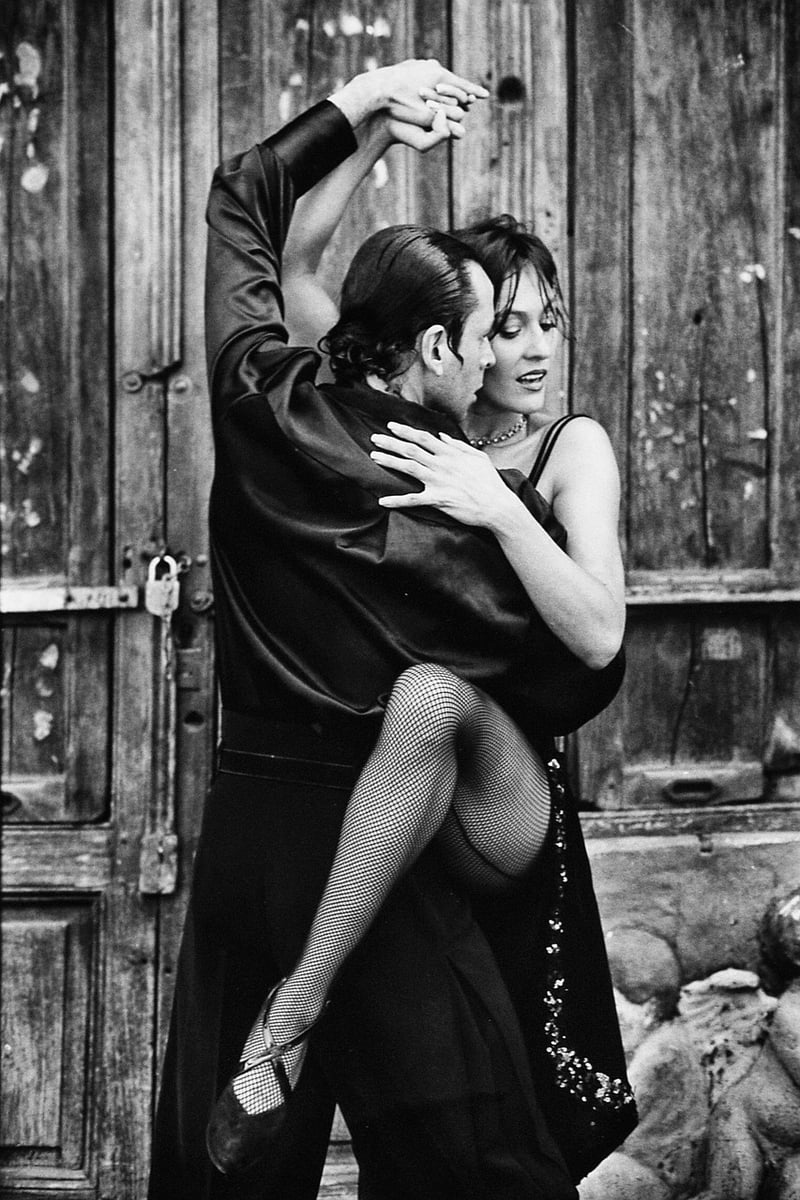Hip Hop
Expressive Movement and Artistry in Hip Hop
Hip Hop, a cultural movement that emerged in the 1970s in the Bronx, New York City, has since evolved into a global phenomenon encompassing various elements such as rap music, DJing, graffiti art, and most notably, dance. One of the key aspects that sets Hip Hop dance apart is its emphasis on expressive movement and artistry.
History of Hip Hop Dance
Hip Hop dance originated as a form of self-expression for marginalized communities, with dancers using their bodies to tell stories, convey emotions, and showcase their unique styles. Over the years, it has grown into a diverse and dynamic art form that continues to push boundaries and break stereotypes.
Expressive Movement
Expressive movement in Hip Hop dance is all about communicating through motion. Dancers skillfully blend various styles such as breaking, popping, locking, and krumping to create a visually captivating and emotionally resonant performance. Each movement is intentional, conveying a message or feeling to the audience.
Artistry in Hip Hop Dance
Artistry plays a crucial role in Hip Hop dance, as dancers infuse their routines with creativity, originality, and personal flair. From intricate footwork to fluid body isolations, every movement is an opportunity for self-expression and innovation. Hip Hop dancers often draw inspiration from their surroundings, music, and life experiences to create compelling choreography.
Exploring Creativity through Dance
For many dancers, Hip Hop is not just a style of dance but a way of life that encourages creativity, individuality, and self-discovery. Through dance, individuals can explore different facets of their identity, challenge societal norms, and connect with others on a deeper level. Hip Hop dance provides a platform for artistic expression and cultural exchange, breaking down barriers and fostering unity.
Embracing Diversity and Inclusivity
One of the most remarkable aspects of Hip Hop dance is its ability to bring people from diverse backgrounds together. Regardless of age, gender, race, or social status, anyone can participate in and contribute to the Hip Hop community. This inclusivity fosters a sense of belonging and mutual respect among dancers, creating a supportive and empowering environment for artistic growth.
Conclusion
In conclusion, expressive movement and artistry are at the heart of Hip Hop dance, allowing dancers to convey their stories, emotions, and identities through creative and dynamic choreography. As Hip Hop continues to evolve and influence popular culture worldwide, its emphasis on self-expression, innovation, and inclusivity remains a driving force for positive change and artistic exploration.

Explore the world of Hip Hop dance and discover the power of expressive movement and artistry!
For more information on Hip Hop culture and dance, visit Hip Hop Dance on Wikipedia.
